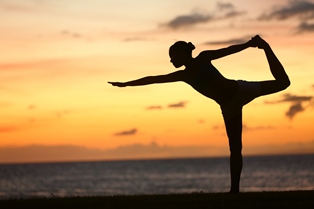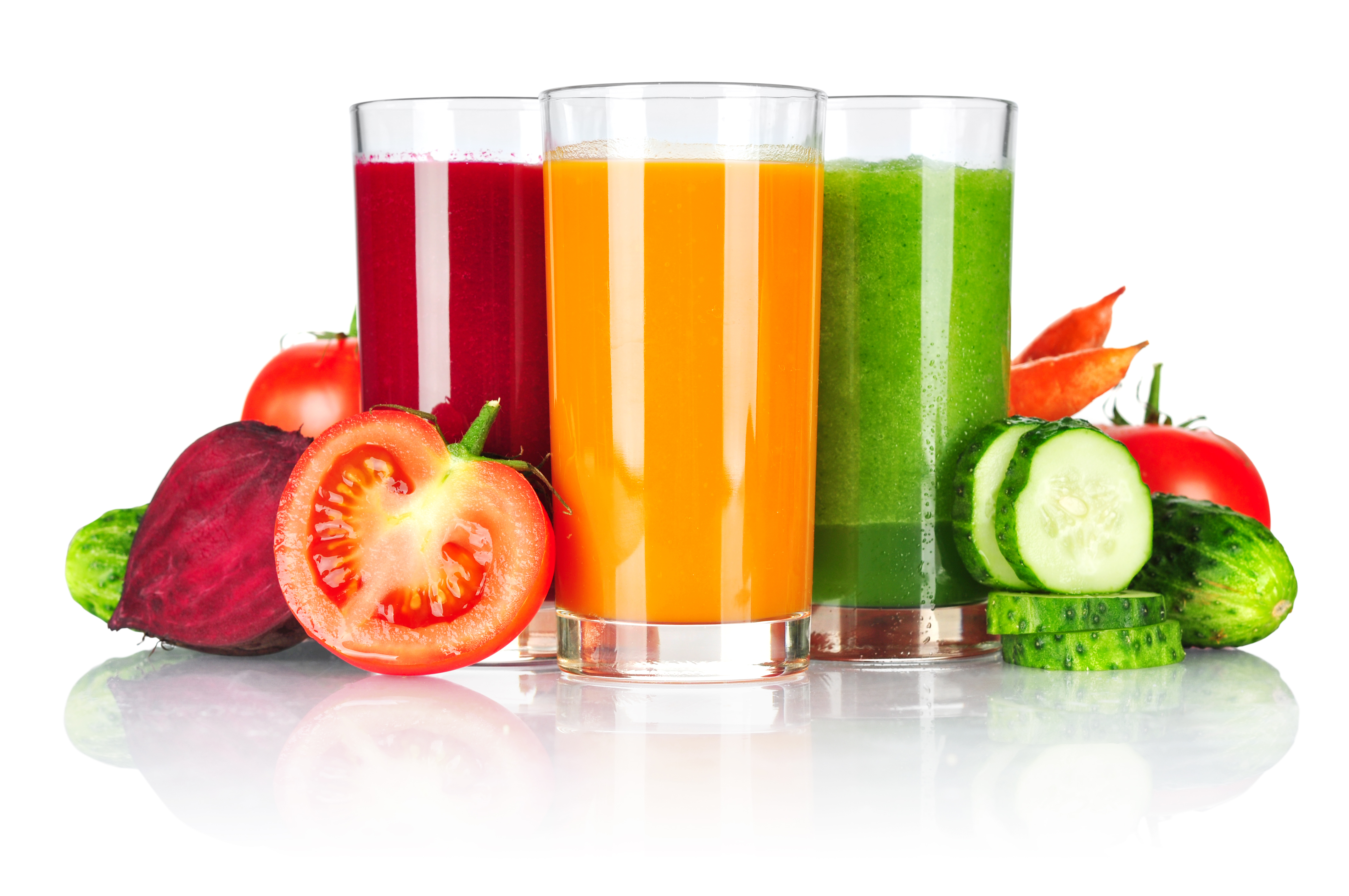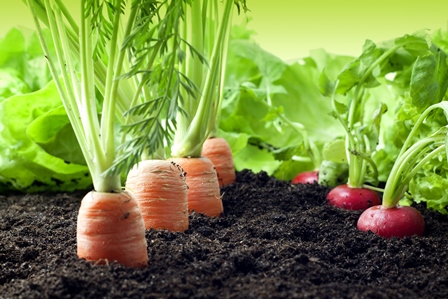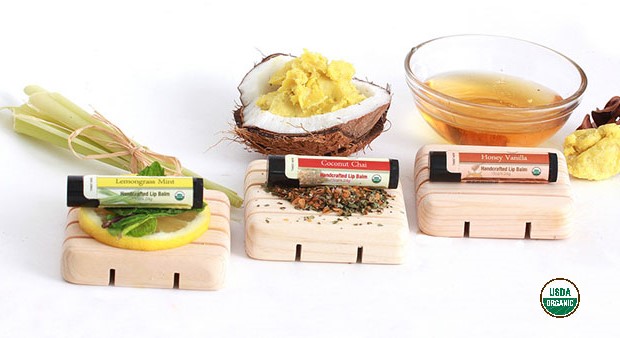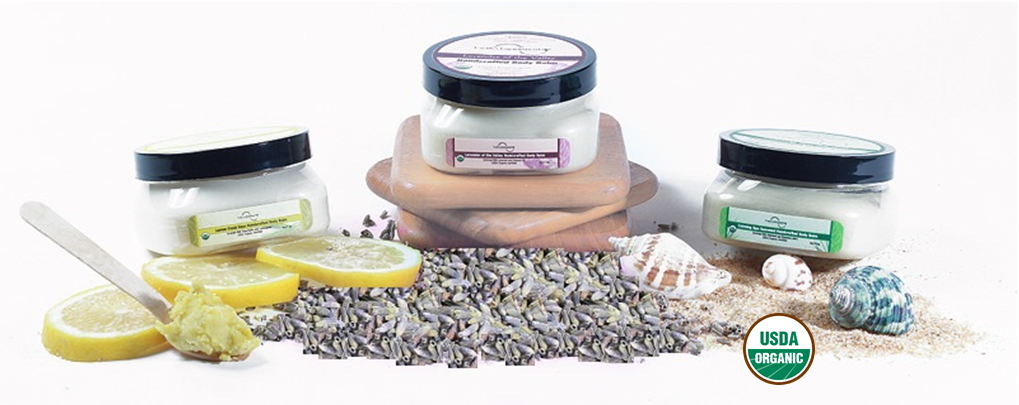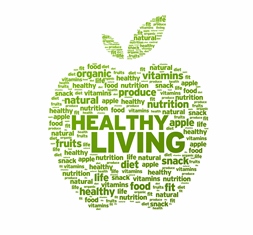
You know what? We think red may be your color, or green, or yellow, how do you feel about all three? What’s with that look? We are talking about your color in fruit—apples, to be exact. Remember, the classic Red Delicious apples, the Granny Smith (green) apples, the Golden Delicious (yellow) apples, and the Gala apples?
We are pretty sure you are wondering why we are talking apples this week. It’s because the old saying may be true. An apple a day could keep the doctor away. The majority of you know that apples are healthy, but how many of you know how healthy? An apple by itself has a ton of benefits for you and your body.
Apples contain many benefits and these benefits can be found in certain areas of the apple. A word to you apple peelers! The skin of the apple is the most beneficial part; skinning it removes about 50% of its healthy charm. Apple skin contains most of the apple’s fiber and antioxidants. The dietary fiber can help reduce the amount of bad cholesterol in your blood. So you may want to stop peeling.
The apple as a whole has benefits like vitamin C and B. The vitamin C in the apple contains potent antioxidants that can help against radicals and boost the body’s immune system (keeping the doctor away^-^). The vitamin B or B-6 along with riboflavin, and thiamin can help maintain the red blood cells and the nervous system.
Other health benefits of apples tend to look after long-term problems like lowering the levels of bad cholesterol and reducing the risk of diabetes and breast cancer. However, with all good things too much can be a problem and result in counterproductive means to getting health.
An apple a day is okay and could keep the doctor away. An apple every day, all day, could give you a one way ticket. Eating apples to often can be bad for your teeth because of the acidity of the fruit. It’s best to eat smart. Also, be careful to not eat the apple seeds; they contain cyanide and can be dangerous if consumed one too many times.
Last, but certainly not least, look after your body. If you are worried about eating apples or if you have diabetes and are not sure which fruits to consume, it is best to consult your doctor. Stay healthy and cool!
The EE 411: How many ways can you eat an apple? 🙂
We’ve checked out some healthy ways to eat a delicious apple. Here is what we came up with:
- Natural or organic applesauce
- Baked with cinnamon
- Mixed in with yogurt (greek or plain)
- Sliced
- Turned into a milkshake, smoothie, or juiced
- Apples + Peanut butter= yum!
- Add them to meals like stir fry or salad
- Add them to your deli sandwich
- Fruit salad
- With or in your oatmeal
Also, for your special treat, we were thinking you might want to know what different types of apples were out there and there are so many. Epicurious and Depin Heights both have an extensive log pertaining to the varieties, uses, recipes, seasons, and descriptions of the apple.
Share with Us: Do you have any healthy apple treats or recipes that you’d like to share?
(This post was brought to you by Earth’s Enrichments. Similar posts can be found by visiting our Blog. More information about our company and products (USDA Certified Organic Soaps, Organic Bath Salts, Organic Sugar Scrubs, Organic Body Balms and Organic Lip Balms) can be found on our Website. Thank you Earth’s Enricher!)


